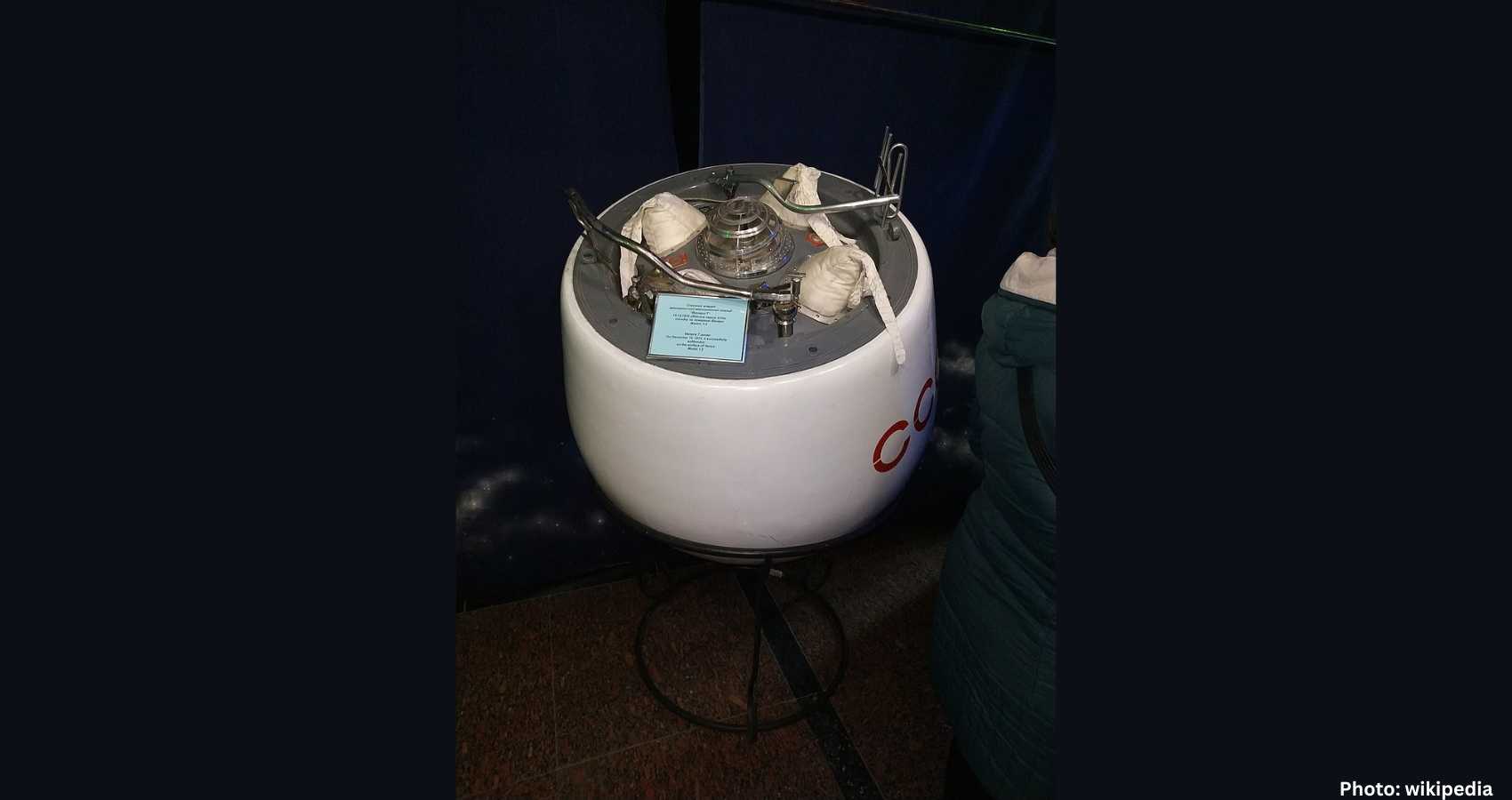Soviet spacecraft Kosmos 482 reentered Earth’s atmosphere on Saturday after 53 years in orbit following a failed attempt to launch to Venus.
A Soviet-era spacecraft made a dramatic return to Earth on Saturday, marking the end of its 53-year journey in orbit. Kosmos 482, which was originally intended for a mission to Venus, reentered the atmosphere after being stranded in orbit due to a rocket malfunction shortly after its launch in 1972.
The European Union Space Surveillance and Tracking confirmed the spacecraft’s uncontrolled reentry, noting that it had not appeared on radar during subsequent orbits. The European Space Agency’s space debris office corroborated this information, indicating that the spacecraft had reentered after failing to show up over a German radar station.
As the spacecraft descended, it was unclear where it would land or how much, if any, of the half-ton craft would survive the fiery reentry. Experts had warned that some or all of the spacecraft might crash to Earth, as it was designed to withstand the extreme conditions of a landing on Venus, the hottest planet in our solar system.
Despite the potential for debris to cause harm, scientists emphasized that the likelihood of anyone being struck by falling spacecraft was exceedingly low. The U.S. Space Command, which monitors numerous reentries each month, had not yet confirmed the spacecraft’s demise as it continued to collect and analyze data from orbit.
Kosmos 482 was part of a series of Soviet missions aimed at exploring Venus. However, unlike its predecessors, this particular spacecraft never escaped Earth’s gravitational pull due to a malfunction during its launch. Much of the spacecraft had already fallen back to Earth within a decade of its failed launch, but the spherical lander, measuring approximately 3 feet (1 meter) across and encased in titanium, remained in orbit for decades.
Weighing over 1,000 pounds (495 kilograms), the lander was the last component of the spacecraft to succumb to gravity’s pull. As scientists and military experts tracked its downward spiral, they faced challenges in predicting the exact time and location of its reentry. The uncertainty was compounded by solar activity and the spacecraft’s deteriorating condition after so many years in space.
What distinguished Kosmos 482 from other reentering objects was the expectation that it might survive the descent. Officials noted that it was coming in uncontrolled, without the usual interventions from flight controllers, who typically aim to direct old satellites and space debris toward vast oceanic expanses to minimize risk.
As of Saturday morning, the U.S. Space Command continued its efforts to analyze the situation, monitoring the spacecraft’s trajectory and gathering data to confirm its reentry status.
According to experts, the reentry of Kosmos 482 serves as a reminder of the challenges posed by space debris and the importance of ongoing monitoring efforts to ensure safety as more objects return to Earth.
Source: Original article

